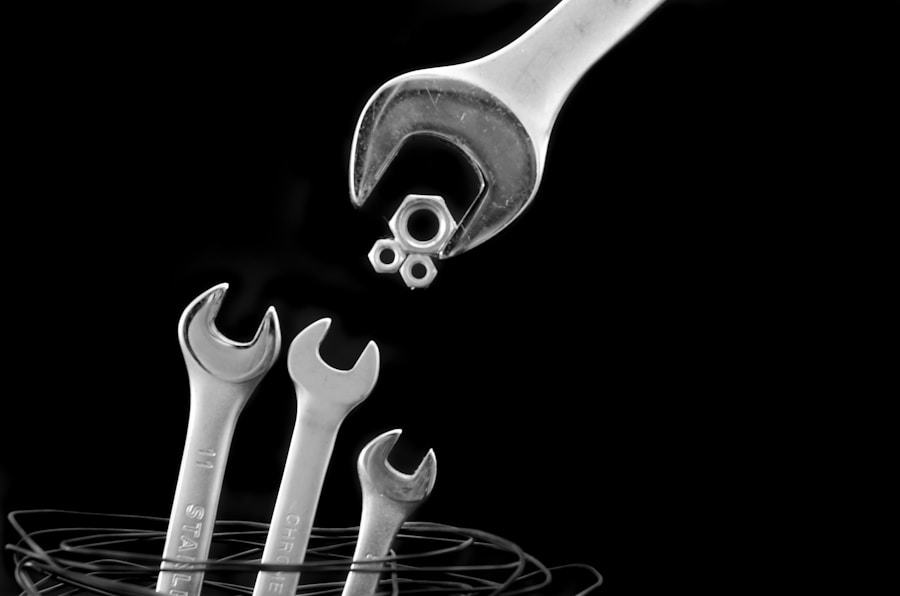Artifact care is a critical aspect of cultural heritage preservation, encompassing a wide range of practices aimed at ensuring the longevity and integrity of historical objects. These artifacts, which can range from ancient pottery and textiles to modern artworks and documents, serve as tangible links to our past, providing insights into the lives, beliefs, and practices of those who came before us. The importance of artifact care cannot be overstated; it is essential not only for the preservation of individual items but also for the safeguarding of collective cultural identity.
As custodians of these objects, museums, galleries, and private collectors bear the responsibility of implementing effective care strategies to protect them from deterioration. The field of artifact care is multidisciplinary, drawing on knowledge from conservation science, history, archaeology, and even chemistry. Each artifact presents unique challenges based on its material composition, age, and historical context.
For instance, a wooden artifact may require different care techniques compared to a metal or textile item. Understanding these nuances is vital for anyone involved in the preservation of artifacts. Furthermore, as technology advances, new methods and materials for artifact care are continually being developed, allowing for more effective preservation strategies that were not previously possible.
Key Takeaways
- Proper care of artifacts is essential for their preservation and longevity
- Handle artifacts with clean hands and use gloves when necessary to prevent damage from oils and dirt
- Store artifacts in a stable environment with controlled temperature and humidity to prevent deterioration
- Regularly clean artifacts using gentle methods and materials to remove dust and dirt
- Implement pest prevention measures and seek professional help for pest control if necessary to protect artifacts from damage
Handling and Storage Techniques
Proper handling and storage techniques are foundational to the preservation of artifacts. When dealing with fragile items, it is crucial to minimize physical contact to prevent damage. For instance, when handling textiles or paper artifacts, conservators often wear cotton gloves to avoid transferring oils or dirt from their hands onto the surface of the item.
Additionally, using tools such as spatulas or tweezers can help manipulate objects without direct contact. This careful approach is particularly important for items that are already showing signs of wear or degradation. Storage conditions play an equally significant role in artifact preservation.
Artifacts should be stored in environments that are stable in terms of temperature and humidity. Fluctuations in these conditions can lead to warping, mold growth, or other forms of deterioration. For example, wooden artifacts are particularly susceptible to changes in humidity; excessive moisture can cause swelling and cracking, while too little can lead to brittleness.
Therefore, many institutions utilize climate-controlled storage facilities equipped with dehumidifiers and temperature regulation systems to maintain optimal conditions. Furthermore, artifacts should be stored in acid-free materials such as boxes or tissue paper to prevent chemical reactions that could lead to degradation.
Cleaning and Maintenance of Artifacts

Cleaning artifacts is a delicate process that requires a thorough understanding of the materials involved. The goal is to remove dirt and contaminants without causing harm to the object itself. For instance, when cleaning ceramics or glass, conservators may use soft brushes or microfiber cloths to gently remove surface dust.
In contrast, cleaning metals often involves the use of specific solvents or solutions designed to dissolve corrosion without damaging the underlying material. It is essential to conduct thorough research on the appropriate cleaning methods for each type of artifact before proceeding. Regular maintenance is also a key component of artifact care.
This includes routine inspections to assess the condition of items and identify any early signs of deterioration. For example, textiles may develop weak spots or discoloration over time, while wooden artifacts might show signs of insect activity or fungal growth. By conducting regular assessments, conservators can implement timely interventions that may prevent further damage.
Additionally, maintaining detailed records of each artifact’s condition over time can provide valuable insights into its preservation needs and inform future care strategies.
Environmental Control Measures
Environmental control measures are vital for creating a stable atmosphere conducive to artifact preservation. The ideal environment for most artifacts typically involves maintaining a temperature range between 65°F and 70°F (18°C to 21°C) with relative humidity levels between 40% and 60%. These parameters help mitigate risks associated with mold growth, insect infestations, and material degradation.
Institutions often employ sophisticated monitoring systems that continuously track temperature and humidity levels within storage and display areas. In addition to temperature and humidity control, lighting is another critical factor in environmental management. Ultraviolet (UV) light can cause significant damage to many materials over time, leading to fading and structural weakening.
To combat this issue, museums often utilize UV-filtering glass in display cases and employ low-level lighting strategies that minimize exposure while still allowing for adequate visibility. Furthermore, rotating exhibits can help limit the duration that any single artifact is exposed to light, thereby extending its lifespan.
Pest Prevention and Control
Pest prevention is an essential aspect of artifact care that requires vigilance and proactive measures. Insects such as moths, beetles, and silverfish pose significant threats to various materials used in artifacts, including textiles, paper, and wood. To prevent infestations, institutions often implement integrated pest management (IPM) strategies that combine monitoring, sanitation, and exclusion techniques.
Regular inspections for signs of pest activity are crucial; conservators may use traps or visual inspections to detect early infestations before they escalate. In addition to monitoring and sanitation practices, physical barriers can be employed to protect artifacts from pests.
In cases where infestations do occur, targeted treatments may be necessary. Freezing is a common method used to eliminate pests from infested artifacts without causing damage; items are placed in a freezer for a specified period to kill any insects or larvae present. Chemical treatments may also be employed but must be used with caution due to potential adverse effects on the artifacts themselves.
Conservation and Restoration Processes

Conservation and restoration processes are integral components of artifact care that aim to stabilize and repair damaged items while preserving their historical integrity. Conservation focuses on preventive measures and stabilization techniques that halt deterioration processes without altering the original material significantly.
Restoration takes conservation a step further by attempting to return an artifact to its original appearance or function. This process requires a deep understanding of historical techniques and materials used in the creation of the artifact. For example, restoring a painting may involve cleaning the surface layers and retouching areas where paint has flaked off using historically accurate pigments.
However, ethical considerations play a significant role in restoration practices; conservators must balance the desire for aesthetic appeal with the need to maintain authenticity. The goal is always to ensure that any restoration work is reversible and well-documented so that future conservators can understand the interventions made. In conclusion, artifact care encompasses a comprehensive set of practices designed to preserve our cultural heritage for future generations.
From handling techniques and environmental controls to pest management and conservation processes, each aspect plays a vital role in ensuring that artifacts remain intact and meaningful over time. As our understanding of materials and preservation methods continues to evolve, so too will our approaches to caring for these invaluable links to our past.
If you are interested in the role of psychology in various fields, you may also want to check out this article on the role of psychology books in advancing careers in psychology. Understanding the cultural context is also crucial in artifact care, so you might find this article on introduction to culture in Indian society insightful. Additionally, delving into the philosophy of science can provide a deeper understanding of preventive techniques for artifact care, making this article on introduction to philosophy of science: nature, explanation, induction, and deduction a valuable read.
FAQs
What are preventive techniques for artifact care?
Preventive techniques for artifact care are methods and practices used to protect and preserve artifacts from damage, deterioration, and degradation.
Why is artifact care important?
Artifact care is important because it helps to maintain the integrity, authenticity, and cultural significance of artifacts for future generations. It also helps to prevent irreversible damage and loss of historical and cultural heritage.
What are some common preventive techniques for artifact care?
Common preventive techniques for artifact care include proper handling and storage, environmental control, regular inspection and monitoring, pest control, and risk assessment and emergency preparedness.
How can proper handling and storage contribute to artifact care?
Proper handling and storage can contribute to artifact care by minimizing physical damage, preventing contamination, and reducing the risk of theft or loss.
What is environmental control in artifact care?
Environmental control in artifact care involves regulating temperature, humidity, light exposure, and air quality to create stable and suitable conditions for the preservation of artifacts.
Why is regular inspection and monitoring important for artifact care?
Regular inspection and monitoring are important for artifact care because they allow for early detection of any signs of deterioration, damage, or environmental hazards, enabling timely intervention and preservation efforts.
How can pest control be implemented for artifact care?
Pest control for artifact care involves implementing measures to prevent and eliminate infestations of insects, rodents, and other pests that can cause damage to artifacts.
What is risk assessment and emergency preparedness in artifact care?
Risk assessment and emergency preparedness in artifact care involve identifying potential risks and developing plans and protocols to mitigate and respond to emergencies such as natural disasters, accidents, or security threats that could impact the safety and preservation of artifacts.























+ There are no comments
Add yours